
According to the company, the acquisition will extend its leadership in ophthalmic medical devices market and expands its position in the vitreo-retinal surgery segment.

According to the company, the acquisition will extend its leadership in ophthalmic medical devices market and expands its position in the vitreo-retinal surgery segment.

The research marks the first attempt at integrating a photoactivatable anti-angiogenic agent with a photosensitizer into a single nanoformulation for AMD treatment.

According to the company, OCU410 is a modifier gene therapy product candidate being developed for dry AMD.

Earlier this year, Harrow acquired the US commercial rights to Triesence. Aside from the transfer of the Triesence NDA ahead of the date previously agreed to, all other acquisition terms remain unchanged.

Some animals have the built-in ability to regenerate retinal neurons by turning another retinal cell type called Müller glia into neurons. Researchers have been able to coax the human Müller glia into changing identity in the laboratory, which could serve as a potential source of new neurons to treat vision loss.

The company announced key secondary endpoints were achieved with both EYP-1901 doses. These include a more than 80% reduction in treatment burden, with nearly two-thirds of eyes supplement-free up to 6 months.
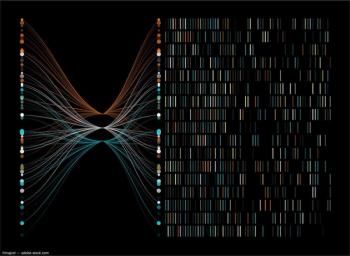
According to the company, ATSN-101 continues to demonstrate clinically meaningful improvements in vision at the highest dose and is well-tolerated 12 months post-treatment.

The center includes about 30,000 square feet of space for rapid prototyping of new product designs, enhance manufacturing capabilities, and the expansion of research and development capabilities.

Prevent Blindness is providing free geographic atrophy educational resources for patients, care partners and healthcare professionals, including a new episode of its Focus on Eye Health Expert series.

The company announced a resubmission of the ONS-5010 BLA on track for the end of calendar year 2024, pending final agreement on a clinical trial protocol with the FDA and successful completion of the required additional clinical trial.

By joining the group of physicians, researchers, and industry partners working together to define optimal biomarkers and endpoints in AMD, RetinAI hopes to forge a global retinal imaging initiative targeting research in the disease.
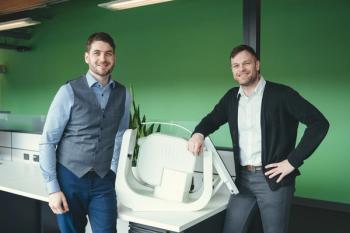
The platform technology can be adapted to assess a vast array of biomarkers present in the eye.

CorNeat Vision is among the many companies working to try to maintain operations amid the conflict.
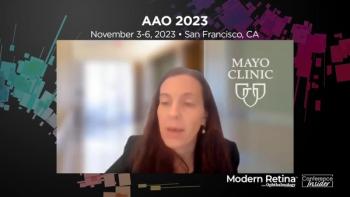
Sophie Bakri, MD, spoke with the Ophthalmology Times team about her presentation at this year's American Academy of Ophthalmology meeting titled, "Real world outcomes and treatment patterns with faricimab and AMD FA retina."

Mohammed Genead, MD, CEO of Aviceda spoke with the Ophthalmology Times team about the company's Phase II/III SIGLEC trial part 1 results, which were shared at this year's American Academy of Ophthalmology meeting.
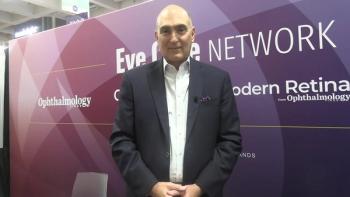
Rob Thornhill, CEO of Centricity Vision spoke with the Ophthalmology Times team about the company's newest developments at this year's American Academy of Ophthalmology meeting.

Marco A. Zarbin, MD, spoke with the Ophthalmology Times team about conducting a post-hoc analysis of the YOSEMITE and RHINE clinical trials and presenting the results at this year's American Academy of Ophthalmology meeting.

In the study, researchers changed the microenvironment in the eye in a way that enabled them to take stem cells from blood and turn them into retinal ganglion cells that were capable of migrating and surviving into the eye’s retina.
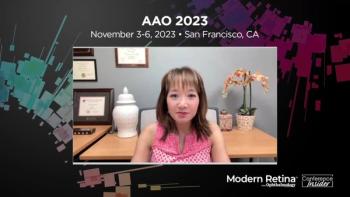
Diana Do, MD, spoke with the Ophthalmology Times team about her presentation of the results for the 96-week PHOTON study of aflibercept at this year's American Academy of Ophthalmology meeting.

The company also completes enrollment of the multiple ascending dose phase of AMARONE, the first clinical trial of EyeBio’s lead investigational asset Restoret, with favorable initial safety and tolerability at all dose levels.

Loretta Alborghetti, from Redditch, UK, a medical secretary within the ophthalmology department at Worcestershire Acute Hospitals NHS Trust, illegally accessed the records of more than 150 patients.
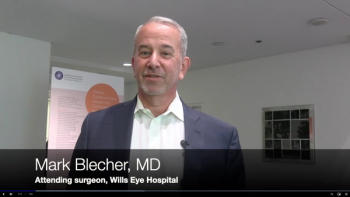
Mark Blecher, MD, spoke with the Ophthalmology Times team about his poster addressing retinal visualization and patients who've had small aperture IOL implantation at this year's American Academy of Ophthalmology meeting.
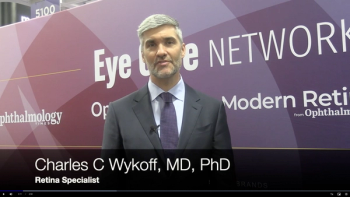
Charles Wykoff, MD, PhD, spoke with the Ophthalmology Times team about the GALE study looking at pegcetacoplan for the management of geographic atrophy at this year's American Academy of Ophthalmology meeting.
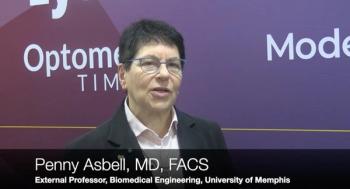
Penny Asbell, MD, FACS, spoke with Ophthalmology Times about her poster on results from the ARMOR Study and latest diagnostic and therapeutic advancements in ocular infections at this year's American Academy of Ophthalmology meeting.

TRS01 has the potential to be the first-line treatment option for non-infectious uveitis, according to the company.

Researchers found reduced iron concentration in the clear gel part of the eye of human patients and iron accumulation in the retina of mice.

ATSN-101, a gene therapy for GUCY2D-associated Leber congenital amaurosis, has demonstrated clinically meaningful improvements in vision at the highest dose with no drug-related serious adverse events 6 months post-treatment in ongoing Phase I/II clinical trial.

Oliver Hvidt, CEO and co-founder of Norlase, spoke with Ophthalmology Times about the company's 4-year journey from AAO 2019 to present at this year's American Academy of Ophthalmology meeting.

According to the company, OCU410ST uses an AAV delivery platform for the retinal delivery of the RORA (RAR Related Orphan Receptor A) gene.

Researchers found the growth of RPE cells was successfully controlled by the stencil patterns. When RPE cells were not held together correctly, the cells excreted levels of harmful proteins that could contribute to vision loss.